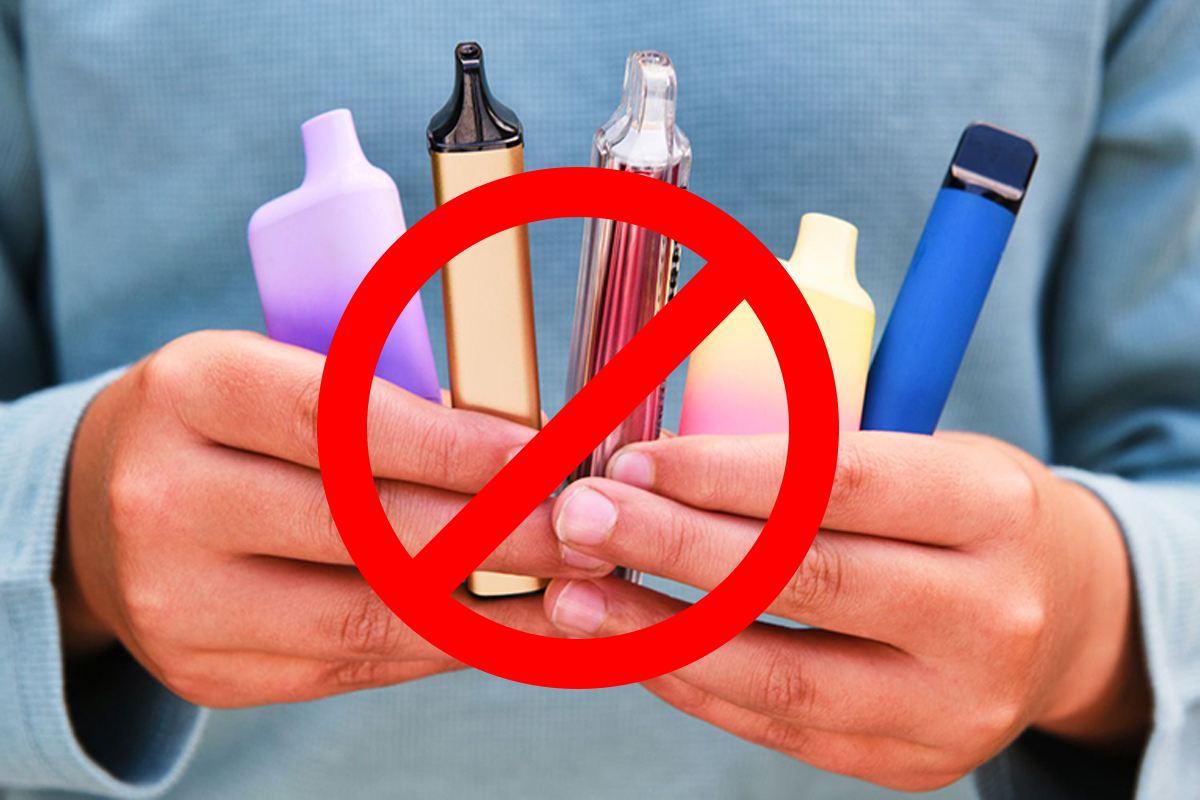The 9th Annual E-Cigarette Summit, held in Washington D.C. in 2025, marked an unprecedented turning point in the field of Tobacco Harm Reduction (THR). This was not merely an industry gathering but a profound meditation on human health, scientific ethics, and public policy. The trends and challenges revealed at the summit reflected the potential and dilemmas of THR in the face of the formidable dominance of traditional tobacco giants and the uncertainties of public health systems.
I. Historic Shift: E-Cigarette Sales Surpass Traditional Cigarettes for the First Time
In 2025, the U.S. tobacco market witnessed a historic moment: sales of e-cigarettes, nicotine pouches, and heated tobacco products exceeded those of traditional cigarettes for the first time. This transformation not only reflects evolving consumer habits but also reflects a broader societal awareness of health risks.
Bonnie Herzog, a managing director at Goldman Sachs, noted that this trend was particularly pronounced among younger demographics, while those over 65 remained largely stable. Behind this data lies a growing awareness among the youth of the risks associated with combustible tobacco, as well as a greater acceptance of non-combustible alternatives. However, this shift also brings new challenges: how to ensure the safety of these alternatives? How to prevent youth misuse? These were among the central topics of discussion at the summit.
II. The Forgotten Population: THR Must Not Exclude the Marginalized
A key theme of the summit was the neglect of the so-called “invisible population” — individuals such as those in long-term care facilities, incarcerated persons, and the homeless, who are often overlooked in conventional research. These groups typically have higher rates of tobacco use, yet they face reduced opportunities for quitting and greater health risks.
For example, Professor Scott Sherman of New York University pointed out that smokers who quit between the ages of 40 and 55 can significantly reduce their chronic disease risk. Yet, in reality, these groups often fall through the cracks of public health policies and corporate strategies. This is not just a research blind spot but a profound failure of social equity. True THR requires not only product innovation but also inclusive policy and deep societal concern.
III. Lack of High-Quality Research: The Efficacy of Nicotine Pouches and Heated Tobacco Remains Uncertain
Although e-cigarettes have shown better quitting success rates than traditional nicotine replacement therapies (NRTs), high-quality research on nicotine pouches, snus, and heated tobacco products remains scarce. Jamie Hartman-Bois of the University of Massachusetts emphasized that the potential health benefits of these products have yet to be fully validated through rigorous randomized controlled trials (RCTs).
This is not only a scientific challenge but also a pressing issue for public health policymakers. Without empirical evidence, both medical professionals and the public will struggle to trust these products, and governments will find it difficult to legitimize and promote them. Thus, the call for greater investment and collaboration among public, charitable, and industrial sectors has become increasingly urgent.
IV. Reflection on Research Methods: We Need More Rigorous Science
Discussions on research methods at the summit sparked widespread resonance. Steven Cook pointed out that common methodological errors in THR research, particularly the misuse of cross-sectional studies to infer causal relationships, have led to many unconvincing conclusions. His co-authored work, “Best Practices in THR Research,” has become essential reading for scholars and practitioners.
This reminds us: The future of THR requires not only technological advancement but also a return to scientific rigor. We cannot simply pursue “new” products; we must ensure the scientific validity and transparency of research methods.
V. Slow Progress in Medical Approvals, But Hope Remains
Although progress in medical approvals for THR products in the U.S. has been slow, Canada has already granted medical approval for Zonnic nicotine pouches, and the UK is reviewing modified e-cigarettes. This progress offers a glimpse of hope: once the U.S. FDA takes a critical step, doctors will be more inclined to recommend these products rather than solely emphasizing “refusing smoking.”
As the summit implied, medical approvals will be a key driver for the widespread adoption of THR. It not only signifies product compliance but also builds public trust.
VI. Global Lessons: Can the U.S. Learn from International Experiences?
Although the summit did not delve deeply into international experiences, the “New Approaches” conference in September 2025 in New York will serve as a key platform for global learning in THR. From the UK to Switzerland, countries have explored different approaches to THR, offering reference frameworks for the U.S. For example, the UK’s progressive stance toward e-cigarettes has led to notable declines in smoking rates, while nicotine pouches in Germany and Sweden have been widely used as smoking cessation tools.
If the U.S. can learn from these experiences, it could help overcome policy stagnation and promote a more comprehensive and effective intervention strategy.
Conclusion: THR Is More Than a Product Revolution — It Is a Societal Transformation
The 2025 e-cigarette summit was not just a review of industry trends but a collective reflection on the path forward. As the dominant role of traditional tobacco begins to wane, THR reveals extraordinary potential, yet it also faces unprecedented challenges. It is not merely a matter of science but also of ethics, economics, and social justice.
We stand at a crucial crossroads: will science and policy serve the health of every individual, or will interests and biases hinder progress? The answer may lie in every discussion, every report, and every story behind the speakers at the summit.
The future is ours to write.







